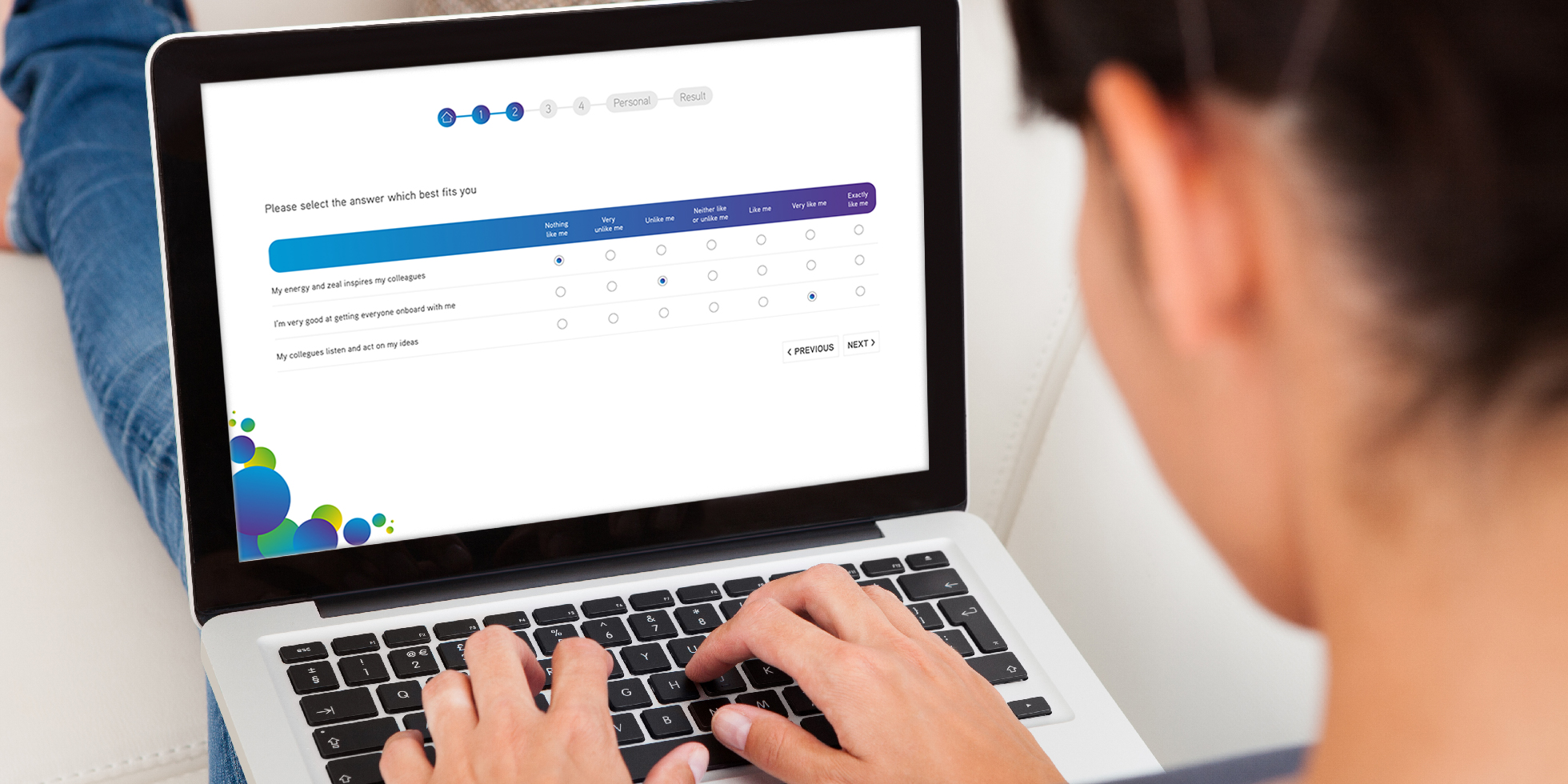When you’re planning communications for your employees, how do you segment your audiences?

High-performing teams are best constructed from a balance of personality types. And, if you want to know how to communicate with your people, then it is good to know more about how they think and behave. Find out how we can work with you to create a personality quiz tailored for your employees, and what you want to communicate and achieve.
When you’re planning communications for your employees, how do you segment your audiences? Does it tend to be by person-as-communicator (leadership/line manager/team leader), then all employees? Or do you go by location (HQ, office-based, retail, call centre)? Or do you go by demographics, attitude or role?
The one thing we rarely consider is personality, and what that means for how people like to receive communications. And, more than this, what this means for what we communicate.
It’s enshrined in employee communications law that every employee needs and wants to ‘see the big picture’. It is only by seeing this big picture that they can be truly engaged in the organisation and its aims.
But I totally disagree. Some people are quite happy to never ‘see the big picture’ in their lives. They are quite happy with their view of their part of the organisation if they know what is expected of them.
Others thrive on a huge helicopter view and want to see their role in that picture. And most people probably fall somewhere in the middle of these two extremes.
Also, how people want to receive and digest communications will differ according to their personality. When some people receive a communication, their immediate urge is to fire back a question. Others want to digest and deliberate. Some want to discuss it with colleagues. Some people want a one-to-one with a leader.
We can help you tailor your employee communications to the different personalities in your organisation. Over the last few years of working with the University of Cambridge Psychometrics Centre, we have developed several psychometric tools for employees. Tools which have helped to communicate and embed service standards, expectations and a new strategic direction.
By identifying personality types, we can appeal to the innate interest we each have in our own uniqueness, and conduct more relevant, better communications. We can also identify how the different types within your organisation prefer to be communicated with, and more importantly, what they want to know and what they want to do with the information they have.
If you’re interested in how you can power your employee communications with psychometrics, check out our demo here, or get in touch with Liz Bryant.





